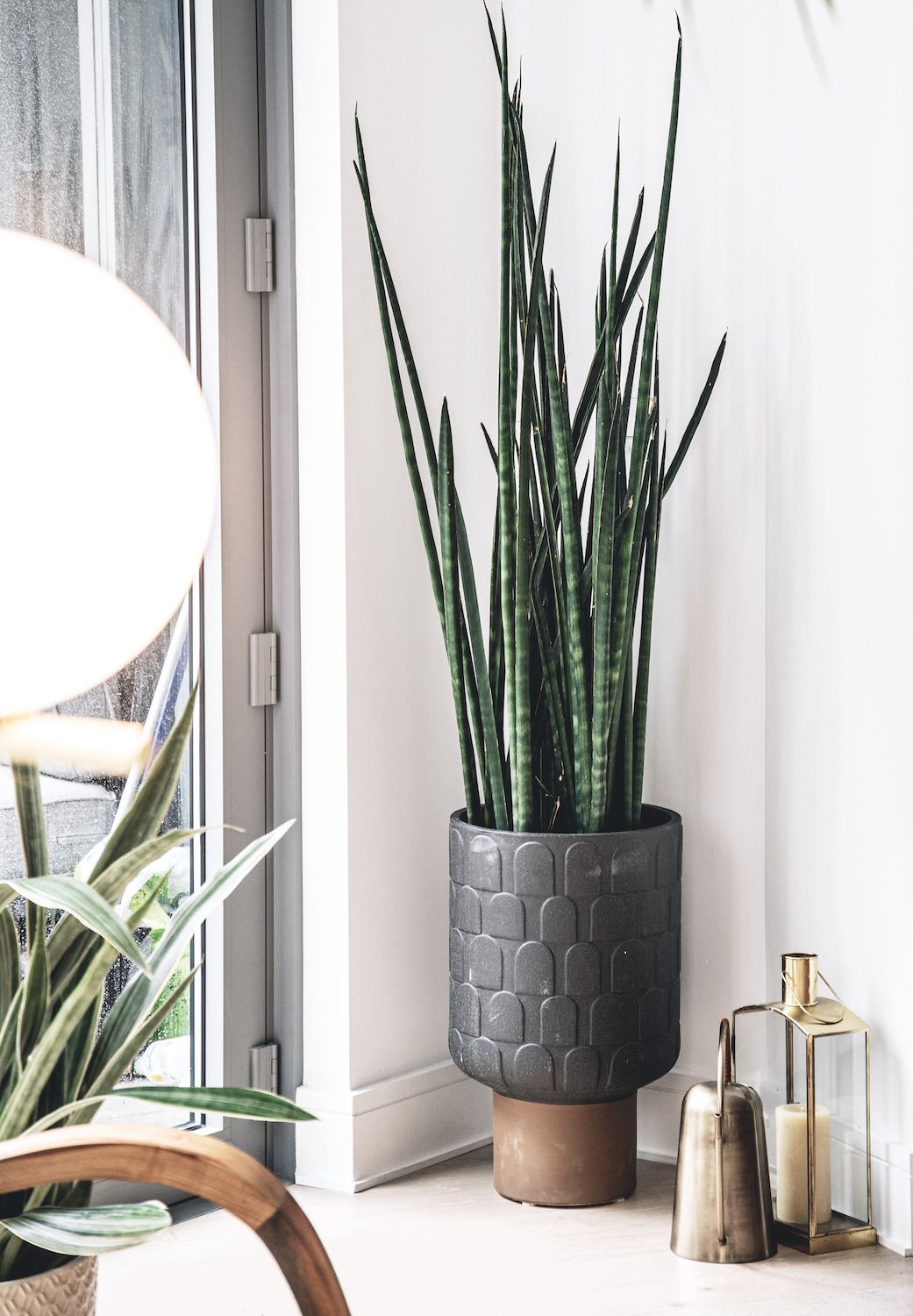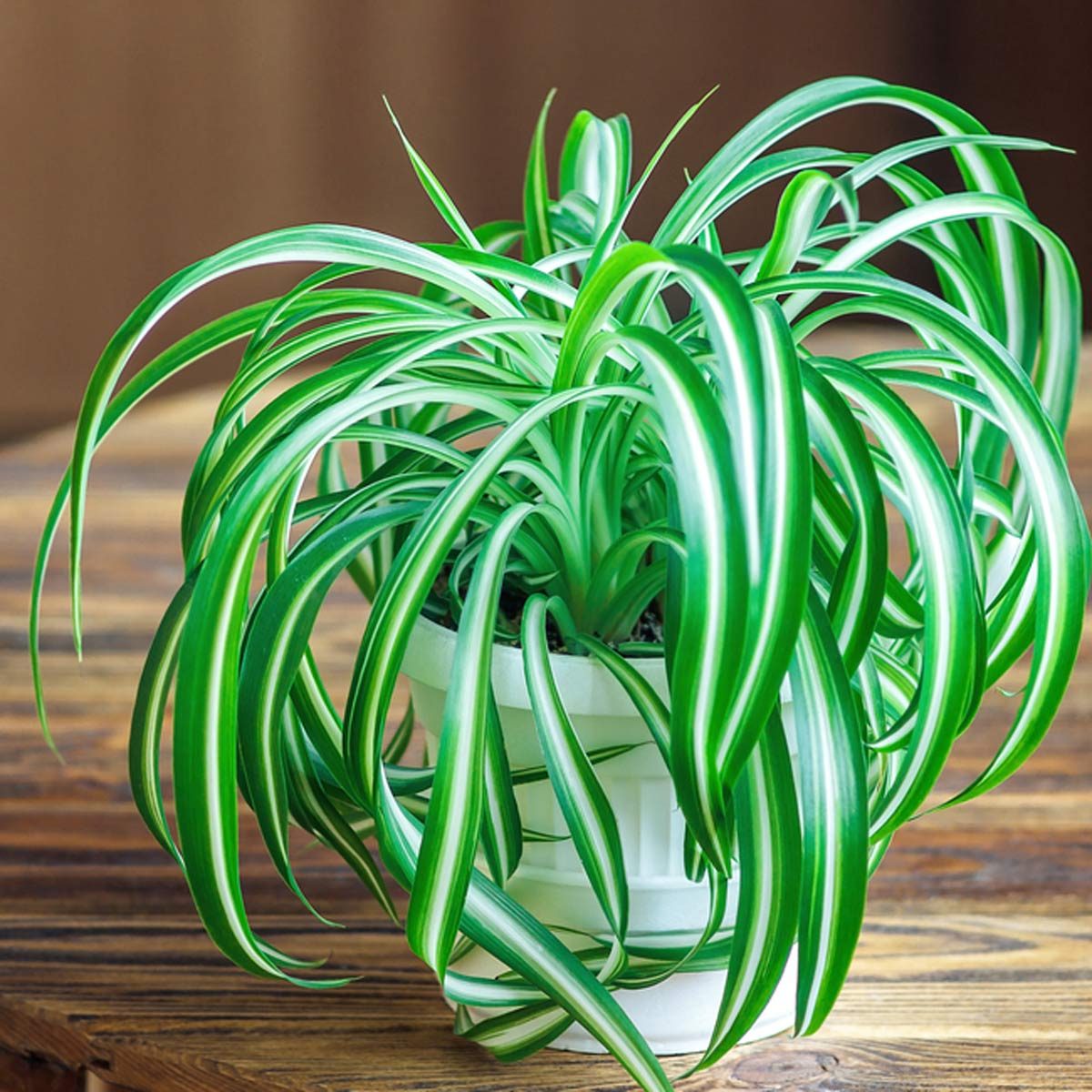How to Grow Low-Maintenance Indoor Plants: A Guide for Busy Green Thumbs

Are you yearning to bring a touch of nature into your home but dread the thought of becoming a full-time plant parent? Fear not! Low-maintenance plants for indoor gardening are here to save the day. Imagine transforming your living space into a lush oasis without the constant worry of wilting leaves or thirsty roots. Let's dive into the world of hardy indoor plants that require minimal care, perfect for beginners and busy bees alike.
Why Choose Low-Maintenance Indoor Plants?
Low-maintenance plants are the unsung heroes of indoor greenery. They thrive with minimal effort, making them ideal for those with hectic schedules or limited gardening experience. These resilient beauties can survive in various conditions, from low-light apartments to forgetful watering routines. Plus, they offer numerous benefits, such as improving air quality and adding a touch of serenity to your space.
Top Low-Maintenance Plants for Indoor Gardening
Snake Plant (Sansevieria)
The Snake Plant, also known as Mother-in-Law's Tongue, is a champion among low-maintenance plants. With its striking, upright leaves, it can tolerate low light and infrequent watering. This hardy indoor plant is perfect for beginners and can even purify the air, making it a must-have for any indoor garden.
ZZ Plant (Zamioculcas zamiifolia)
The ZZ Plant is another tough contender in the world of minimal care plants. Its glossy, dark green leaves are not only aesthetically pleasing but also incredibly resilient. This plant can survive in low-light conditions and requires watering only once every few weeks. Talk about low maintenance!
Pothos (Epipremnum aureum)
Pothos, also known as Devil's Ivy, is a trailing plant that can thrive in various conditions. Its heart-shaped leaves add a touch of elegance to any space, and it can grow in low light and with minimal water. Plus, it's a great air purifier, making it a fantastic choice for indoor greenery.
Spider Plant (Chlorophytum comosum)
The Spider Plant is a classic among low-maintenance plants. With its long, arching leaves and small white flowers, it adds a touch of whimsy to any room. This plant can tolerate low light and infrequent watering, making it perfect for beginners.
Peace Lily (Spathiphyllum)
The Peace Lily is a beautiful and hardy indoor plant that can thrive in low-light conditions. Its elegant white flowers and glossy leaves make it a stunning addition to any space. Plus, it's known for its air-purifying qualities, making it a great choice for indoor greenery.
Caring for Your Low-Maintenance Indoor Plants
Light Requirements
Most low-maintenance plants can thrive in low-light conditions, making them perfect for apartments or offices with limited natural light. However, it's essential to research the specific light requirements of your chosen plant to ensure it gets the right amount of sun.
Watering Tips
One of the best things about low-maintenance plants is that they don't require frequent watering. In fact, overwatering is often more harmful than underwatering. A good rule of thumb is to water your plants when the top inch of soil feels dry.
Soil and Fertilizer
Most low-maintenance plants prefer well-draining soil to prevent root rot. You can use a standard potting mix or create your own by combining peat moss, perlite, and vermiculite. As for fertilizer, these plants typically don't require much. A light application of a balanced fertilizer once or twice a year should suffice.
Repotting and Propagation
Low-maintenance plants usually don't need frequent repotting. However, if your plant outgrows its pot, it's time for an upgrade. Choose a pot that's one or two sizes larger and has good drainage. Propagation is also relatively easy with many of these plants. You can often propagate them from cuttings or leaf segments.
Troubleshooting Common Issues
Even the hardiest of plants can encounter issues. Here are some common problems and how to solve them:
Yellowing Leaves
Yellowing leaves can indicate overwatering or too much direct sunlight. Reduce watering and move your plant to a shadier spot if necessary.
Brown Leaf Tips
Brown leaf tips can be a sign of underwatering or low humidity. Increase watering slightly and consider misting your plant or placing it on a tray of pebbles and water.
Wilting
Wilting can indicate either overwatering or underwatering. Check the soil moisture to determine the cause and adjust your watering routine accordingly.
Conclusion
Growing low-maintenance indoor plants is a rewarding hobby that can transform your living space into a lush oasis. Whether you're a beginner or a seasoned gardener, these hardy plants offer a hassle-free way to enjoy the beauty of nature indoors. From the resilient Snake Plant to the elegant Peace Lily, there's a low-maintenance plant for every taste and space.
So, why not give it a try? Start with one or two plants and watch as they thrive under your care. Before you know it, you'll have a green thumb and a home filled with beautiful, low-maintenance indoor greenery. Happy gardening!
FAQs
What are the best low-maintenance plants for beginners?
Some of the best low-maintenance plants for beginners include the Snake Plant, ZZ Plant, Pothos, Spider Plant, and Peace Lily. These plants are resilient and can thrive in various conditions, making them perfect for those new to indoor gardening.
How often should I water my low-maintenance plants?
Most low-maintenance plants don't require frequent watering. A good rule of thumb is to water your plants when the top inch of soil feels dry. This can vary depending on the plant and the environment, so it's essential to research the specific watering needs of your chosen plant.
Can low-maintenance plants survive in low light?
Yes, many low-maintenance plants can thrive in low-light conditions. Plants like the Snake Plant, ZZ Plant, and Pothos are known for their ability to survive in low light, making them perfect for apartments or offices with limited natural light.
How do I know if my plant is getting too much or too little water?
Signs of overwatering include yellowing leaves, wilting, and root rot. Signs of underwatering include brown leaf tips, wilting, and dry soil. Checking the soil moisture can help you determine if your plant is getting too much or too little water.
Can low-maintenance plants improve air quality?
Yes, many low-maintenance plants are known for their air-purifying qualities. Plants like the Snake Plant, Pothos, and Peace Lily can help remove toxins from the air, improving indoor air quality.


0 Response to "How to Grow Low-Maintenance Indoor Plants: A Guide for Busy Green Thumbs"
Post a Comment